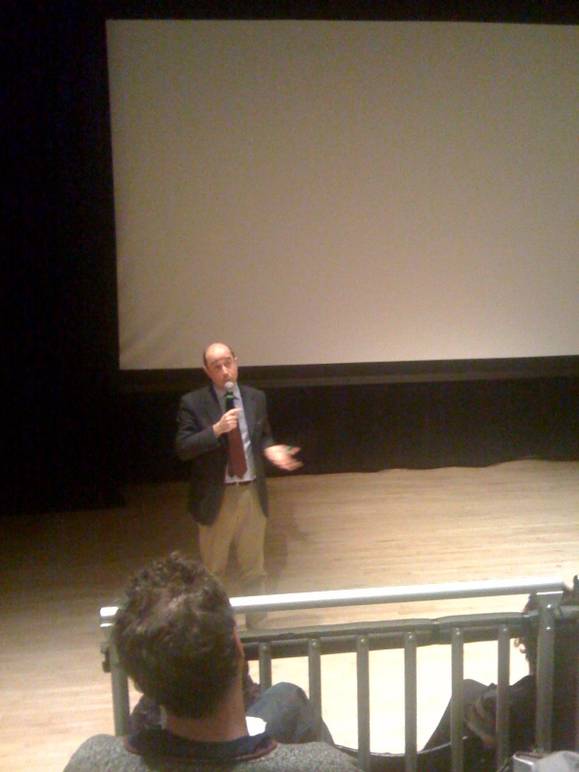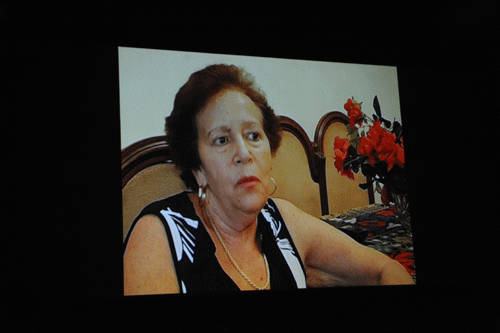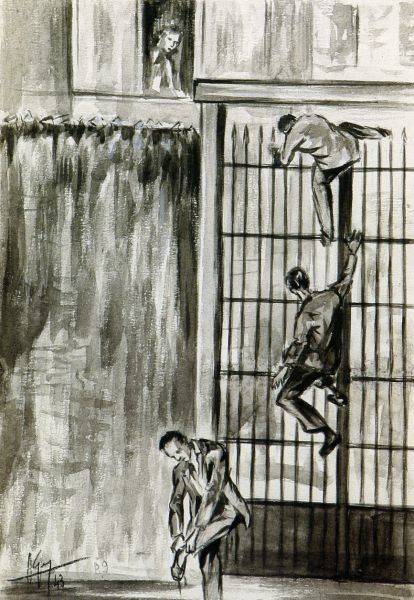An Authentic Voice from the Roman Jewish Ghetto
The Primo Levi Center, the most important institution for Italian Jewish Studies in New York, and the Jewish Community Center, the “hotspot” for the uptown Jewish intelligentia of Manhattan to bring their kids to Hebrew classes, relax in the fitness center or follow lectures and cultural debates, co-sponsored together for the first time a screening of the 50 minutes documentary “Una Storia Romana” (by Pupa Garibba Aned).
This screening was a great opportunity for Centro Primo Levi to branch out to a broader audience, composed mostly by American Jews that filled the auditorium and passionately participated in the Q&A that followed.
The movie focuses on a never before told account: Enrica Sermoneta, in fact had never narrated her story from beginning to end before, at least publicly. Her personal choices and destiny were in fact determined by October 16th 1943, Black Saturday, a date that might not be very well known abroad, but in Italy and particularly in the Jewish ghetto of Rome, is a scar in national history. On that day many Jews were deported from Rome, taken from their houses, from their relatives, rounded up by the Nazis. It was actually in the aftermath though when most of the families were broken up and deported, through lists and basing the arrests on “on-field” connections that only the Italian fascists could have had.
As it is also narrated in the famous book “16 Ottobre 1943” (De Benedetti), the Jewish community thought that they made a deal with the Nazis by giving them more than 40 kilos of gold, but that was just the beginning.
Enrica tells how half of her family ended up in Fossoli and how she managed to survive in the streets of Rome, through poverty and hunger, unaware of the dangers surrounding her. Hidden by a Catholic woman in Vignanello, a small village in the area, eventually she had no choice but to go back to her home where she miraculously avoided deportation, got married and raised two kids without any experience or help.
Natalia Indrimi, executive director of the Primo Levi Center introduced Pupa as “a writer and a journalist who has produced wonderful work and one of the main forces behind the House of Memory in Rome.”
Pupa Garibba Aned explained the background of the documentary: “It all started with a meeting in Rome at the end of June 2008, between two persons who have never met together, a Milanese historian Marco Cavallarin was working on a book about Jewish resistance fighters and myself, a scholar and a researcher for the Shoah foundation in Los Angeles and for the National Association of ex deportees in Italy.”
Through mutual connections they contacted Sermoneta’s husband, who introduced them to this woman and set up an interview. There was something special and almost “pre-determined” in the insistence on doing the meeting as soon as possible, as Pupa wanted. Enrica Sermoneta was then diagnosed with breast cancer and, although she’s luckily still alive, her disposition and her recounting of her life would have been very different.
It was through editing, however, that the movie began to narrate a chronological story. The cameraman and editor, Luca Singer, explained how step by step he learned about Enrica’s life; and by trying to put the pieces together he discovered more and more about Italian history and his personal history.
Last but not least, this movie wouldn’t have been possible without Umberto Gentiloni, responsible for the policies on Memory of Rome, along with Nicola Zingaretti, the President of the Province of Rome, who provided a film crew and unconditional support.
Gentiloni provided the context, which was somehow needed by some of the members of the audience, explaining the creative choice of excluding background information and actual location, and rather focus on the actual personal story. “The places around Rome are evoked by the drawings of Aldo Gay, There are no pictures or images of that day that have been found of Black Saturday and he was acting as a photographer without a camera, drawing something in his notebook and in the evening or the day after he would add details or do it better or put colors in it. We debated whether or not to include the modern ghetto, because frankly we were also a bit fed up with going back and forth with past and present. It’s a bit touristy and not so respectful.”
After the discussion Gentiloni shared with me some brief considerations. He said he was satisfied with the event. “I think this went really well, in terms of participation, and we are always curious and eager to see different reactions and point of views. I think the way the audience debated after the screening is a testimony of this success. I would also want to add that it was a quite unique testimony to contextualize since her language, her dialect (specific of the Jewish ghetto in Rome) doesn’t translate well with the subtitles.”
Gentiloni pointed out that “contextualizing means knowing the history of Rome really well” and recounted his involvement with the movie: “We started from the things she was saying and that we recorded and we began to build a track, a path. We chose to privilege what was faithful to the narrative, the authenticity of this person.”






































i-Italy
Facebook
Google+
This work may not be reproduced, in whole or in part, without prior written permission.
Questo lavoro non può essere riprodotto, in tutto o in parte, senza permesso scritto.